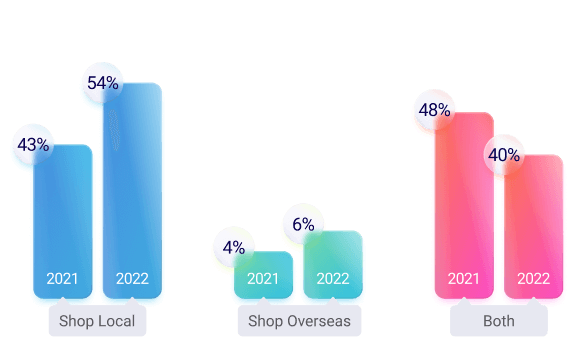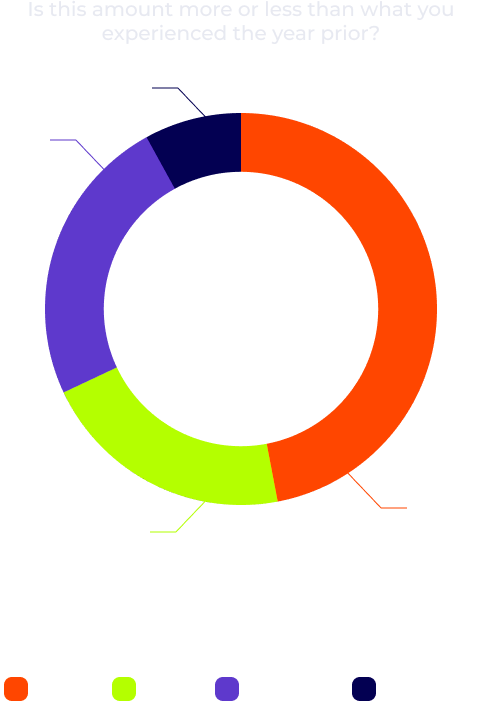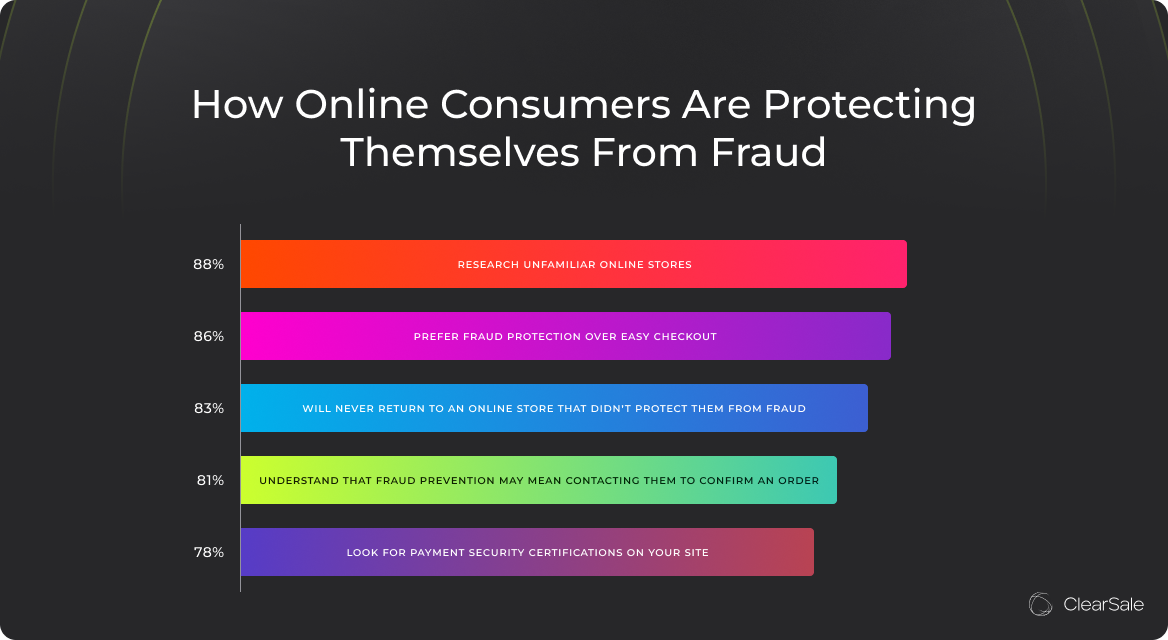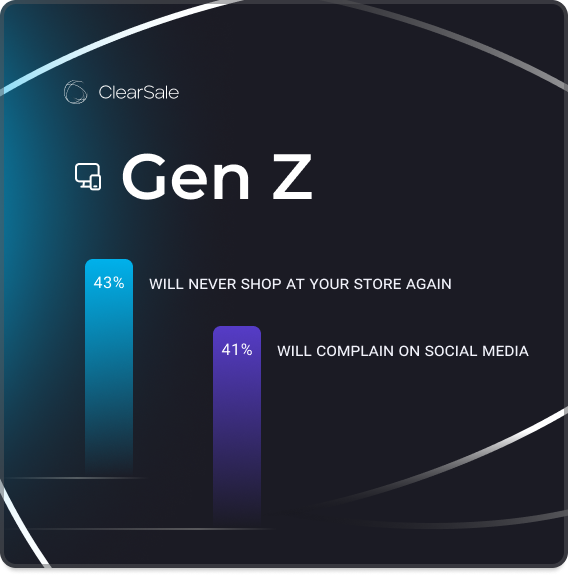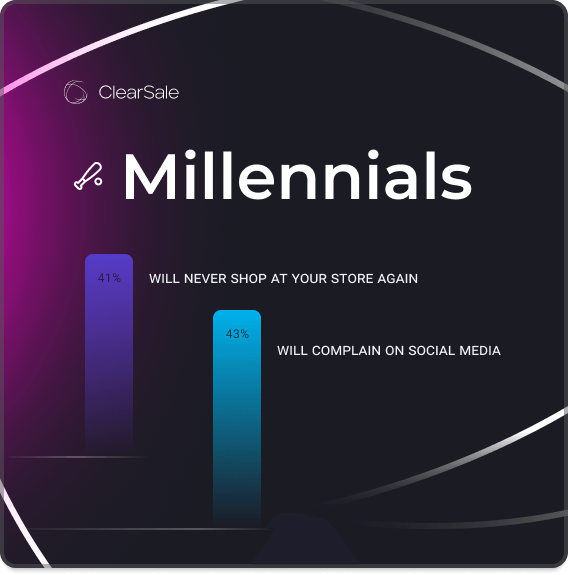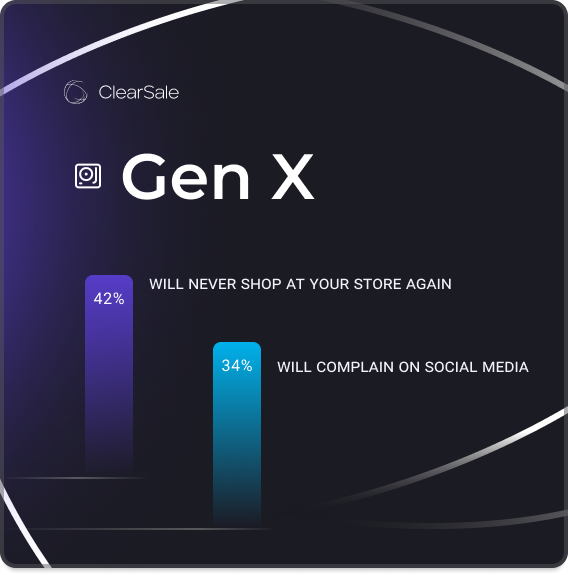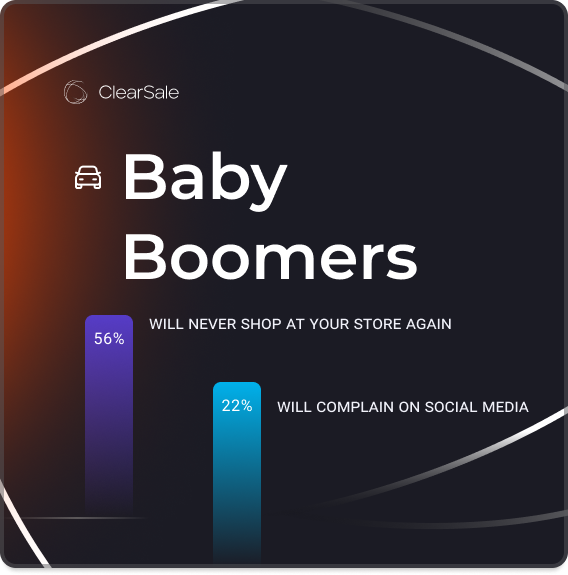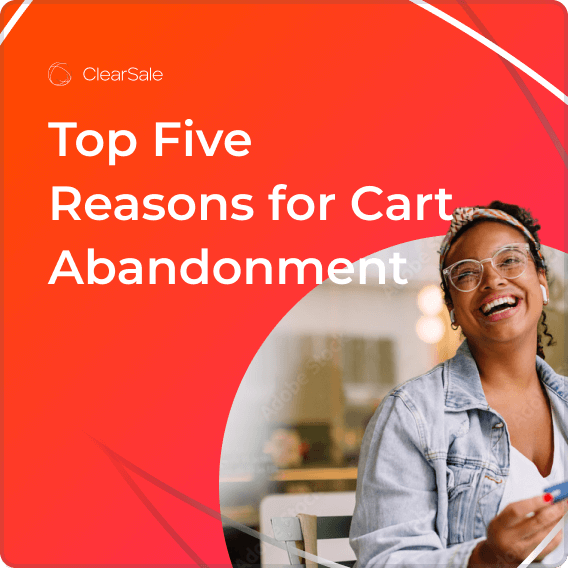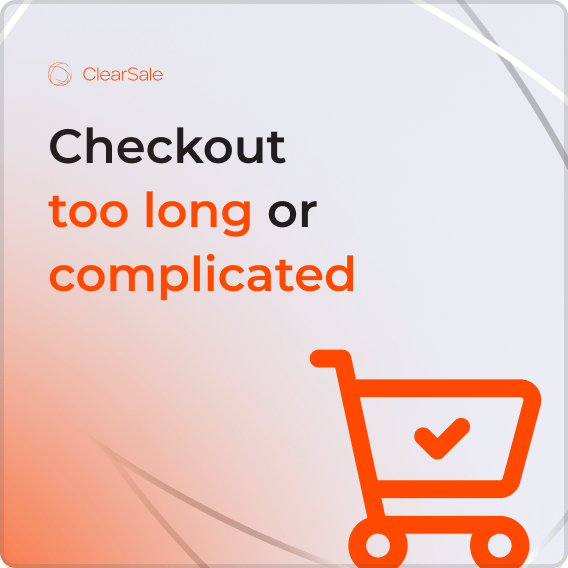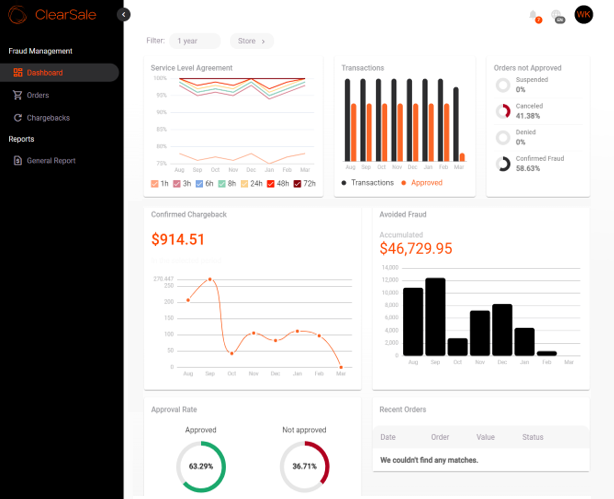Generational Shopping Habits Have Emerged

The generation gap is becoming even more apparent.
In 2021, we began to see some patterns emerge as more consumers became comfortable with ecommerce, but one thing is clear: Online retailers and businesses can no longer use a “one size fits all” approach. Today’s ecommerce landscape has to cater to four or five generations of consumers with distinctly different behaviors and attitudes.
In this year’s original research, we took a deeper look into generational habits and found some interesting trends.
Younger consumers shop online considerably more than their elders.
Our research showed that 54% of Gen Z and millennials shop online three or more times per month, and their purchases are most often apparel costing less than $200. This has likely helped boost the popularity of brands like Shein, a retailer with significant penetration across web and social media channels.
In contrast, 59% of Gen X and baby boomers said they shop online only once or twice per month, with the most popular industries being apparel and home goods.
We also found disparities when it comes to ecommerce channels and personalization.
Take a look at how each generation shops online and what online retailers can anticipate in consumer behavior for each generation.

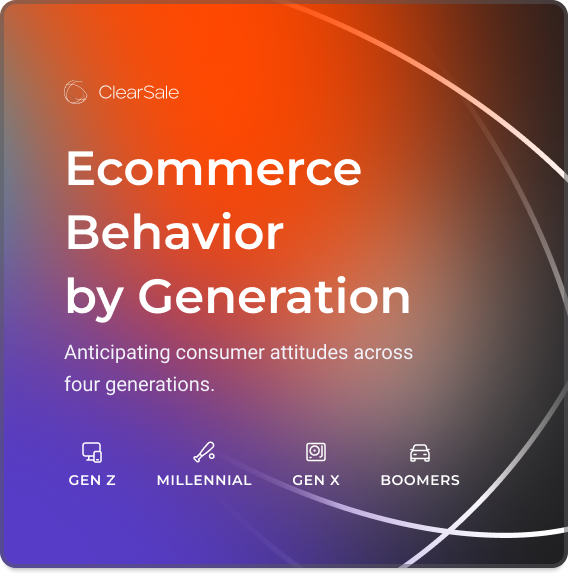
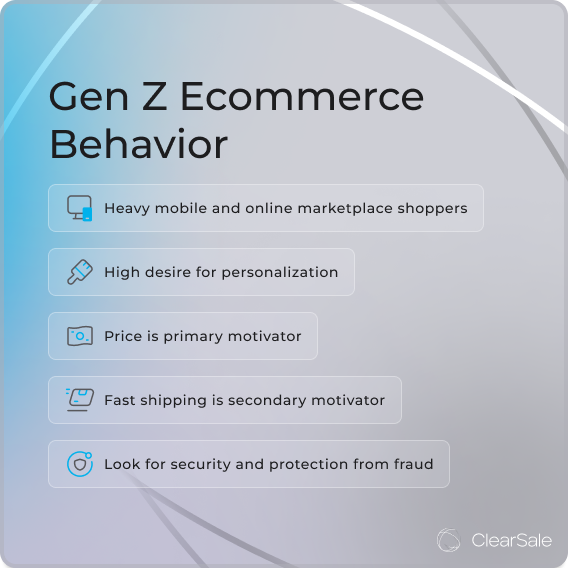
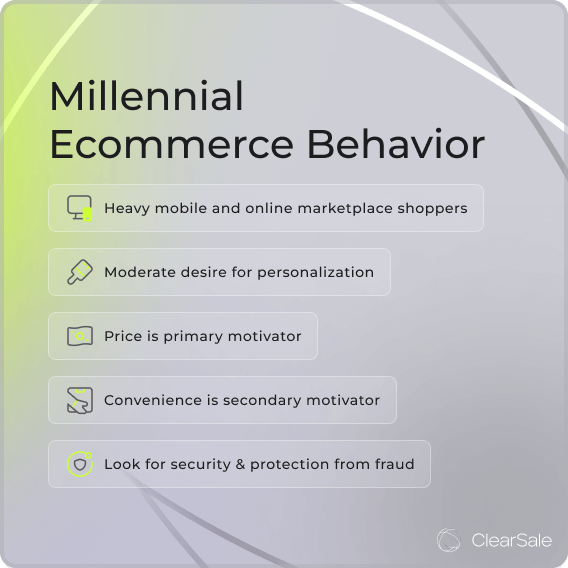
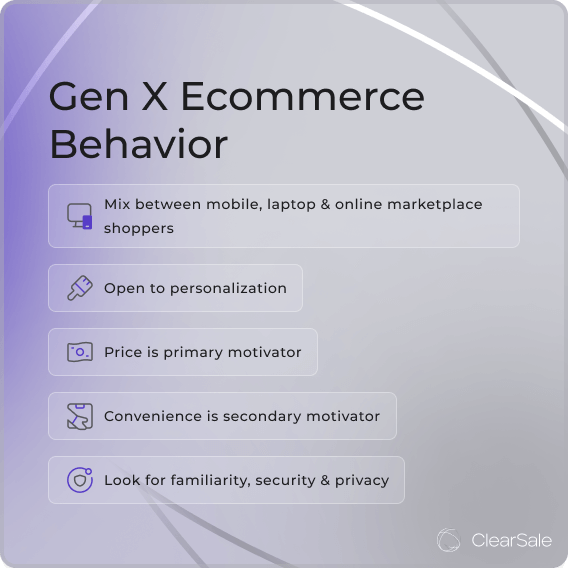
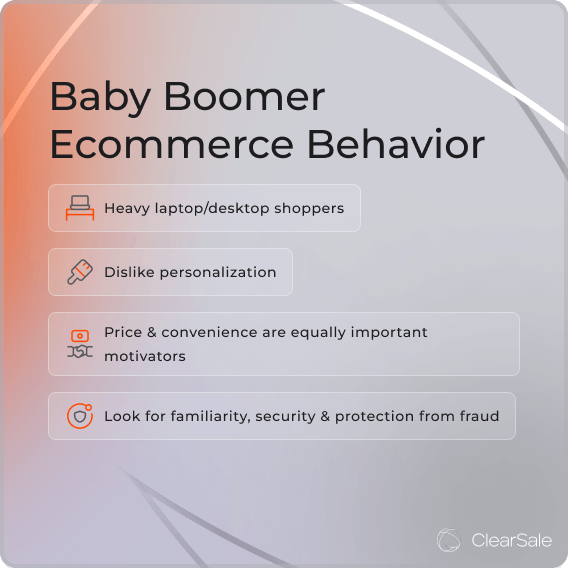
“Ecommerce companies truly need to understand their consumers. Who are they? What are their expectations? They must think about how each generation makes purchases and what their motivators are for buying, and then design their websites accordingly.”
 Sarah Elizabeth
Sarah Elizabeth
ClearSale Managing Director of Product Marketing




